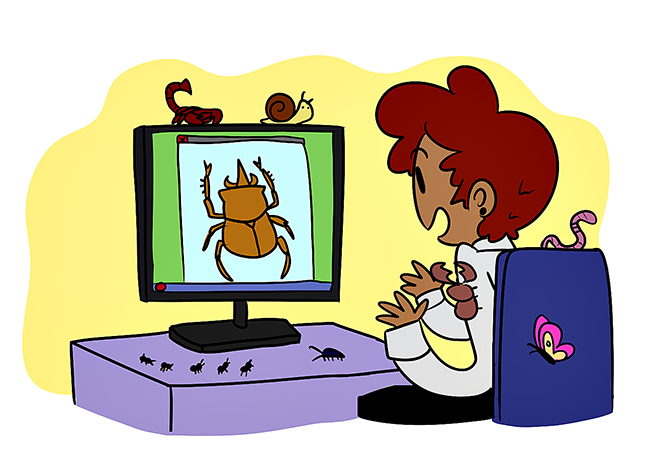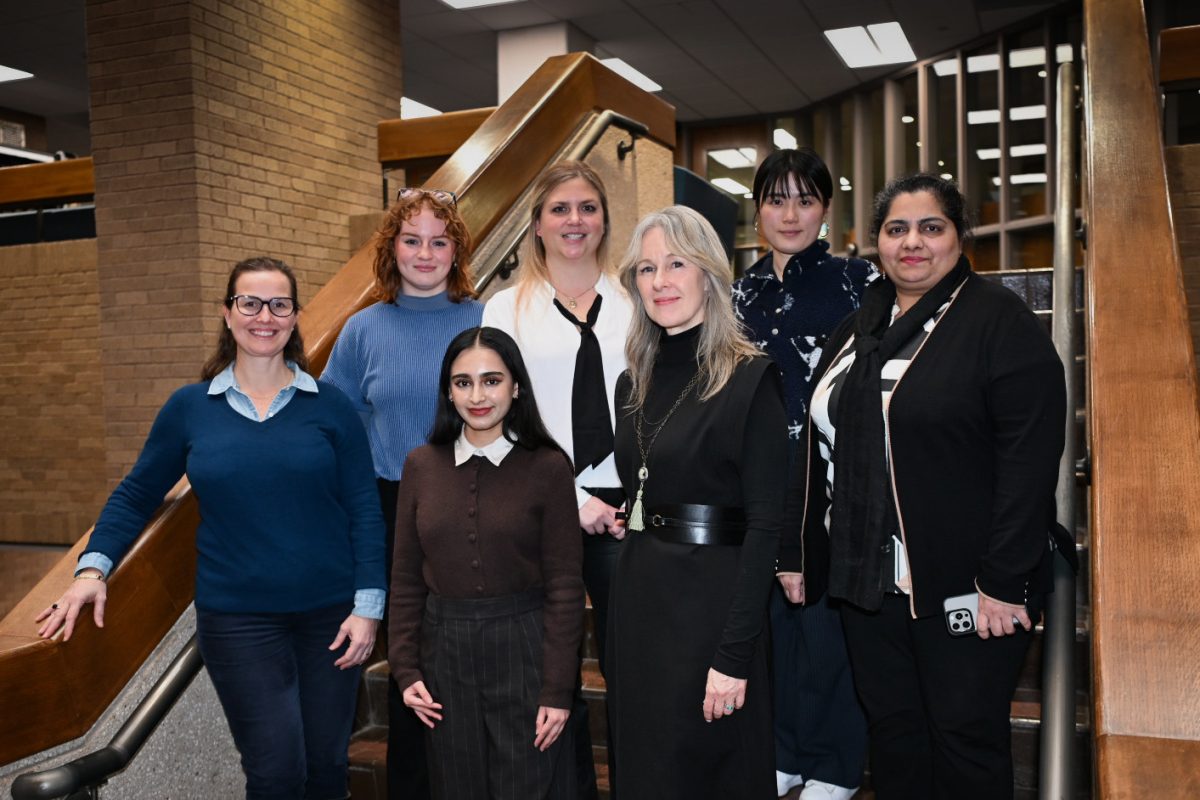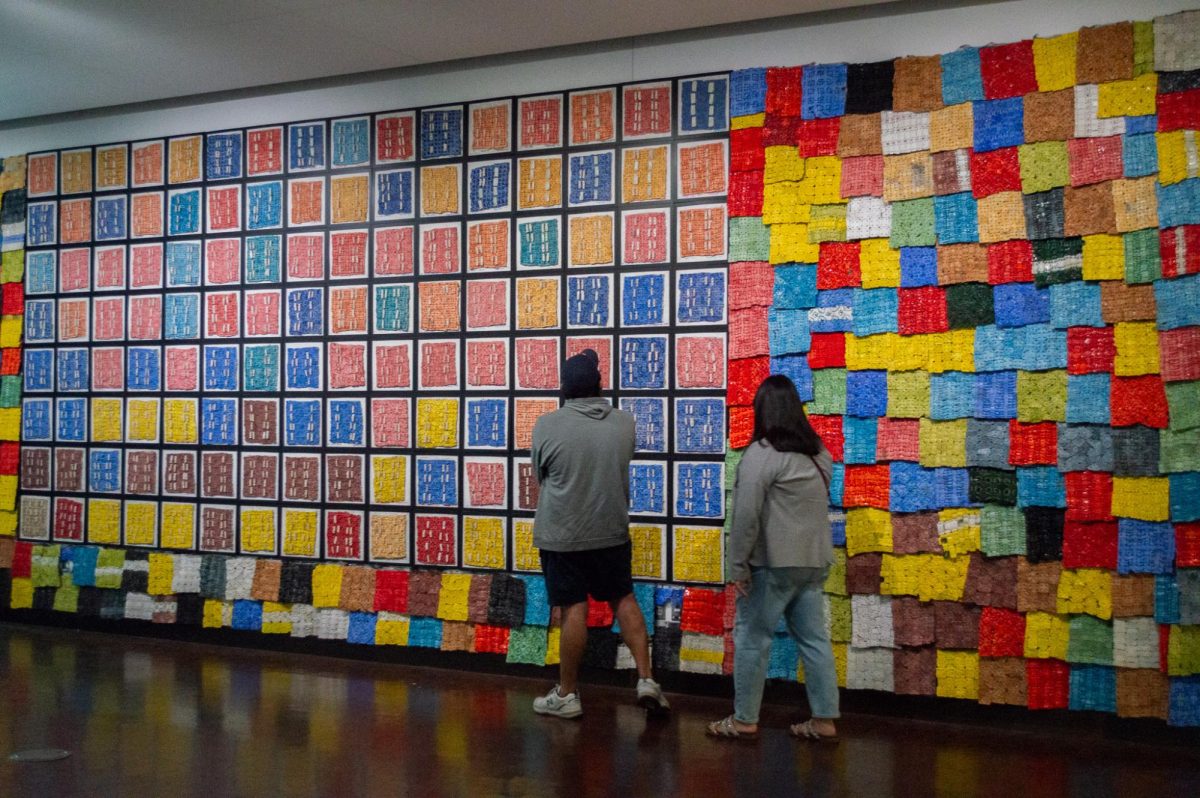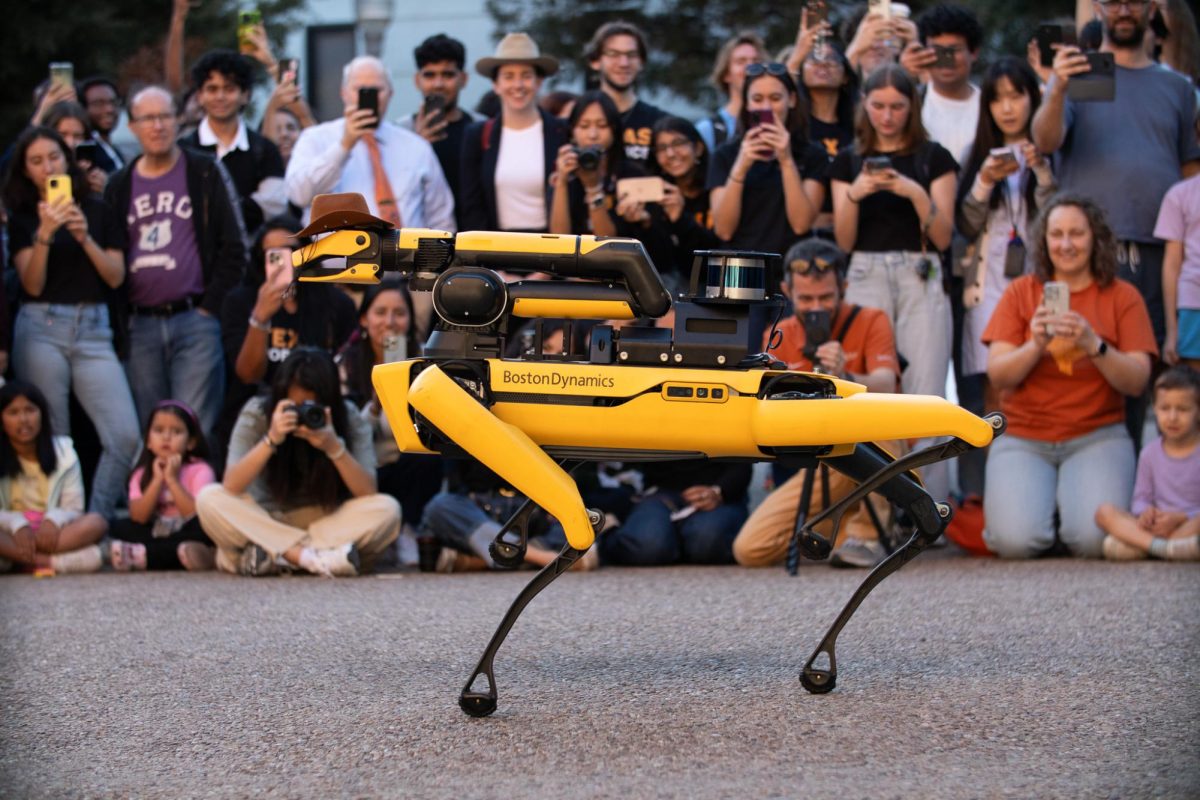A room filled with 500,000 insects is the stuff of most people’s nightmares. But for research scientists who use the University of Texas Insect Collection, it’s a dream come true.
The collection, located in the Brackenridge Field Laboratory, serves as a research tool, a gallery of biodiversity and a place to volunteer. With more than half a million specimens, the collection is currently undergoing extensive cataloging in order to be more easily accessible to researchers, students and anyone with an interest in insects.
Although it is impossible to have one exhaustive insect collection that includes all species, Alex Wild, entomologist and the collection’s newly hired curator, said one purpose of working research collections is to add to the worldwide collective knowledge of insects.
The collection is constantly growing and changing, added to by various Texas state agencies, which deposit specimens from various parks and Texas land.
With such a huge volume of specimens, Wild said reorganization was necessary.
“[Right now] we are organized by taxonomic grouping,” Wild said. “But since only five to 10 percent of our roughly
2 million specimen collection is databased electronically, finding an individual specimen is more difficult than it should be.”
Wild is spearheading two projects that he said will make the collection more current and accessible.
First, Wild and several volunteers are collaborating with the Texas Advanced Computing Center to catalog data from all the specimens in the collection in an online database.
Currently, if researchers wanted to find a particular species of dragonfly, they would go through the rows of gray filing cabinets and open one marked “Odonata.” Then, they’d sift through multiple drawers until they found the specimen.
Once the collection is databased, researchers will be able to find the data and location of the insect by typing a simple search word.
Wild’s second ongoing project, “Insects Unlocked,” has already made thousands of photos of insects available in the public domain. Last semester, Wild crowdfunded over $12,500 to underwrite the project.
“The imaging project is part of our efforts to provide useful services to the UT community and to the public,” Wild said. “Some of these images are already seeing use by government agencies.”
Many scientists use the insect collection as a resource to learn about and identify insects, including newly arrived pest species, threatened species and more. Recently, UT researchers have been using the specimens, as well as others collected from Brackenridge Field Laboratories, to investigate different means of biological control for fire ants.
“Good collections are busy collections, with many researchers looking at specimens, sending loans in and out, publishing research, and engaging with the public,” Wild said.
Wild said specimens housed in research collections can also be used for studies of genetics and organismal function as well as archiving specimens from important historical studies.
“Knowledge starts in the physical collections themselves before it is processed into books and online,” Wild said.
Wild said insect collections are also excellent tools for showing biodiversity through time in part because they are surprisingly resilient.
“If they are preserved properly, protected from moisture and pests, specimens should last many hundreds of years,” Wild said. “The oldest specimens in the UT collection date back to the late 1800s.”
Wild said he is always seeking volunteers to help with the cataloging and imaging projects.
He said he hopes that through the projects, the collection will soon be an even more valuable resource.
“We’d like our collection data to be accessible and useful to the world online,” he said.





















